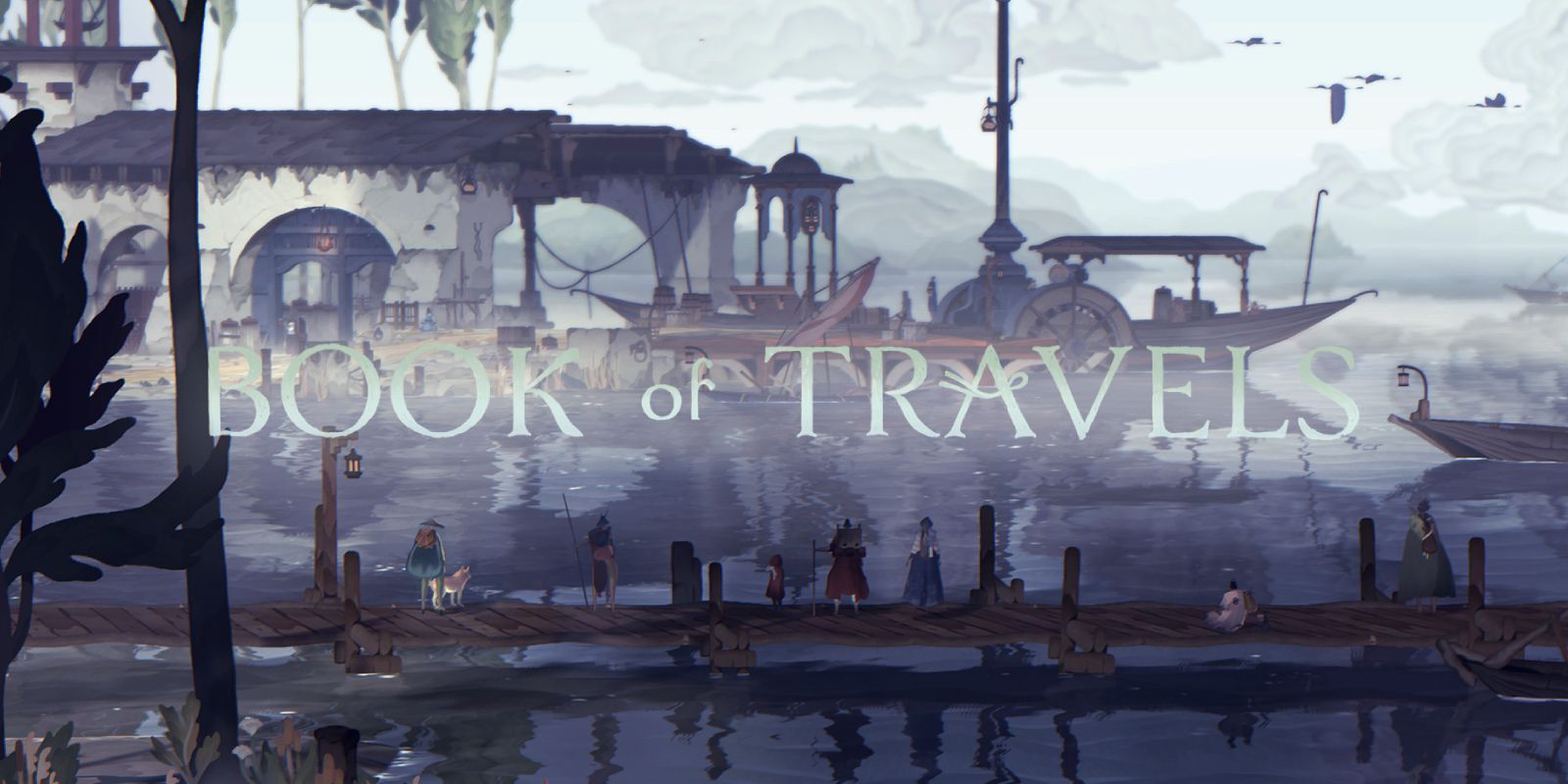


We do not know how much of these stories were recounted from memory, and how much was invented by Diyab. Lucas met him in Aleppo while shopping for gems and carpets for the French royal court, taking him along to Paris, where he was introduced to French Orientalist and archeologist Antoine Galland.ĭuring their meetings, Diyab - himself a gifted storyteller - told Galland two stories that he had heard in the old souks of his native Aleppo, one about a young boy named Aladdin and his magic lamp, and another about Ali Baba and the Cave of Thieves. The crux of their work highlights the contribution of Hanna Diyab, a Maronite Christian from Aleppo, who brought the stories of “Aladdin” and “Ali Baba” to the 18 th Century version of Arabian Nights.īorn in 1688, Diyab was working as a guide and interpreter for the French antiquarian Paul Lucas, traveling the world with him between 17. Hanna Diyab, a Maronite Christian from Aleppo, brought the stories of “Aladdin” and “Ali Baba” to the 18 th Century. Their version of Arabian Nights includes classics like “Sinbad the Sailor,” and lesser-known tales like “Dalila the Crafty.” Seale’s new book was edited by the internationally acclaimed scholar of world literature Paulo Lemos Horta, who also wrote its introduction. Her uncle is the world-famous Syrian poet Nizar Qabbani. A Syrian-British writer, poet, and translator, she is the daughter of British journalist Patrick Seale and great-granddaughter of Abu Khalil al-Qabbani, founder of the Arabic theater and inventor of Arabic musicals in the 19 th century. Norton’s latest translation carries the signature of Yasmine Seale, the first woman to translate the Arabian Nights. Western audiences are usually most familiar with two versions of Arabian Nights, the first in French, penned by French Orientalist Antoine Galland in the 1700s, and the second in English, released by Sir Richard Burton in 1885. There is no single author for the stories told by Shahrazad, which were collected from Iraq, Egypt, Persia, and the broader Middle East and beyond, including India.

Eager to hear the rest of the story, Shahryar spares her life until the next day, a process that spans across 1001 stories.

She begins telling him a story every night, stopping right at its climax before he orders her killed. That is when the beautiful daughter of his vizier, Shahrazad (also referred to as Scheherazade) steps in, marrying herself to the king in order to halt his mad murder spree. The original “Arabian Nights” needs little introduction it is a cornerstone of world literature that has influenced celebrated writers from Charles Dickens to Edgar Allan Poe, to contemporary Arab authors like Naguib Mahfouz winner of the 1988 Nobel Prize for Literature.įirst compiled in the city of Baghdad during the Abbasid Caliphate, the story is set against the backdrop of a homicidal king named Shahryar, who, appalled by the treason of the women in his house, decides to marry a new wife every night, and then murder her by daybreak before she has time to betray him. The Annotated Arabian Nights, Tales from 1001 Nights, Edited by Paulo Lemos Horta and translated by Yasmine Seale.


 0 kommentar(er)
0 kommentar(er)
